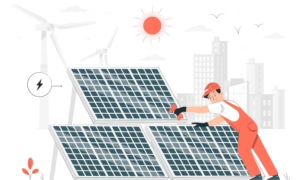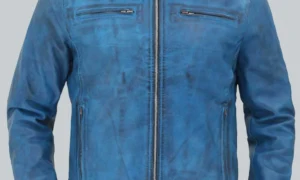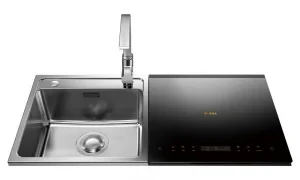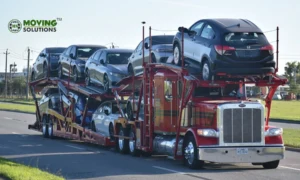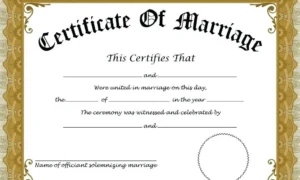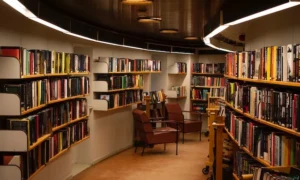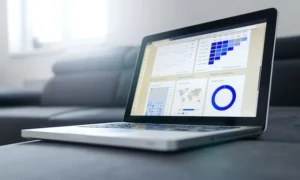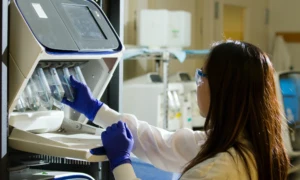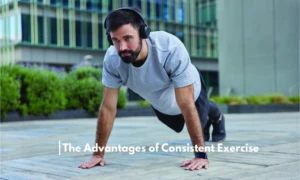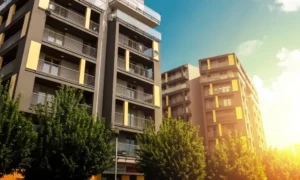When it comes to packaging, it is now impossible to imagine things without them: boxes. They protect goods during transport from A to B and ensure order in the warehouse. Cardboard is available in numerous designs, but not all cardboard is the same. What do you need to know about boxes?
What requirements does a box have to meet?
A cuboid with eight corners, usually made of brown or white corrugated cardboard – this is a box. As simple as it may sound, boxes have several tasks to fulfill during transport or storage. For example, they protect the packaged goods from impacts, pressure, dirt and moisture. When shipping, the cardboard packaging should be efficient and enable quick packaging. In addition, it creates the first impression on the recipient and, especially with printed boxes, can ensure that your company is remembered fondly. You choose the size and quality depending on the goods you are packing: the heavier, the more stable the box has to be. For example, if the goods have sharp or pointed edges, this must also be taken into account. The intended use is also crucial for the requirements the box must meet. When shipping individual packages, it is important that they can withstand pressure and impacts from inside and outside. Accordingly, it should provide burst strength (resistance to pressure) and puncture resistance. However, edge compression resistance is important in packages stacked on a pallet. It protects against indentation because it indicates how resilient the corrugated cardboard is in the direction perpendicular to the waves. Corresponding values for different types of corrugated cardboard are specified in the DIN 55468 standard. In our main catalog, you will also find an overview of different types of stacking on pallets and the matching boxes on page 58.
What are boxes made of?
At the beginning of a cardboard box is the corrugated cardboard from which the box is made.
Construction
Corrugated cardboard is a small miracle in itself. The corrugation of the paper improves the statics of the material and significantly increases its resilience. The material can be made with 1, 2, or 3 corrugations, depending on requirements. There are also different types of waves: micro, fine or coarse waves. While the coarse wave provides good cushioning, the fine wave protects against mechanical stress.
Special features of the double and triple shaft:
With the double wave, a final ceiling membrane is glued to both exposed wave crests to connect them. Common double waves are, for example, micro (E) and fine waves (B) as EB waves or fine (B) and coarse waves (C). If a double-wall corrugated cardboard is glued to a single-sided corrugated cardboard, the triple wave is created. Common combinations are EBC or BBC – the larger type of corrugation promotes padding, and the finer corrugation offers greater Protection against mechanical stress.
The VDW coding reveals what type of corrugated cardboard it is. You can read exactly what the combination of numbers and letters means in our blog post “When Cardboard Makes Waves.”
qualities
In addition to the number and type of waves, the quality of the paper is also crucial. The “strongest” paper among them is – true to its name – Kraftliner. To a considerable extent, it consists of so-called primary fibers, which are not obtained from waste paper but from previously unprocessed wood. Its long, fresh fibers offer a particularly firm structure. Kraftliner protects against tearing, compression, bursting and moisture. A test liner is also used if the corrugated cardboard is exposed to a little less stress. This material consists of 100 percent recycled fibers.
environmental Protection
When choosing the quality, you can also pay attention to whether the cardboard packaging is PEFC or FSC ® certified. The certification guarantees that the raw materials come from responsibly managed forests. Since protective packaging UK is certified, we also indicate this on all official papers, such as invoices or delivery notes, for certified items. You will also find the corresponding label on the products in some cases.
What types of boxes are there?
Brick jackets is not only available in many quality variations, but the box that is ultimately made from it can also vary greatly. The FEFCO code, which describes various carton constructions, has become established as an international guideline for the categorization of shipping packaging.









